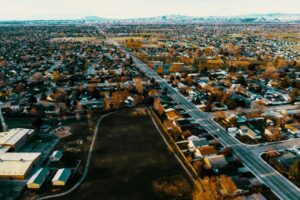10 Pros and Cons of Living in Nevada
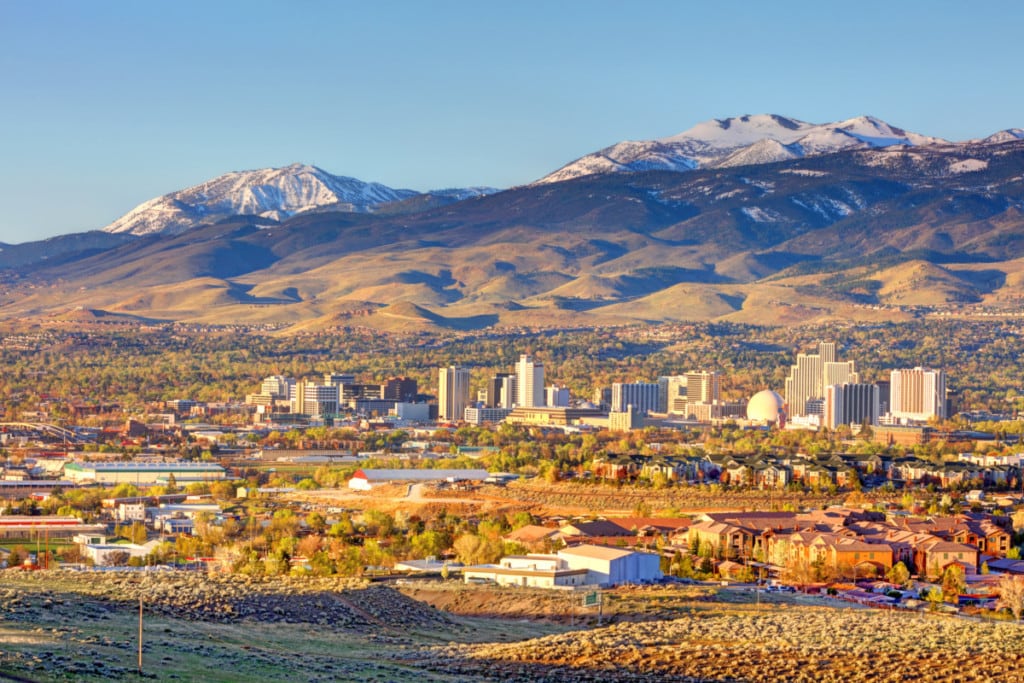
Want to learn more about the Sagebrush State? Here are ten pros and cons of living in Nevada to give you some insight on what to expect. The post 10 Pros and Cons of Living in Nevada appeared first on Redfin | Real Estate Tips for Home Buying, Selling & More.
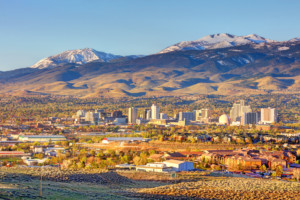
The Sagebrush State, also known as Nevada, is an experience to remember. Nevada has world-renowned entertainment, diverse landscapes, and a vibrant nightlife scene. From the bright lights and high energy of Las Vegas to the natural beauty of the state’s many national parks, Nevada offers a unique blend of excitement and relaxation. But is Nevada a good place to live? Although living in this state has significant advantages, you’ll want to consider its drawbacks. So whether you’re searching for homes for sale in Carson City, an apartment in Reno, or want to learn more about the state, here are ten pros and cons of living in Nevada.
Interested in moving to Nevada? Check out:
Homes for sale in Nevada | Apartments for rent in Nevada | Houses for rent in Nevada
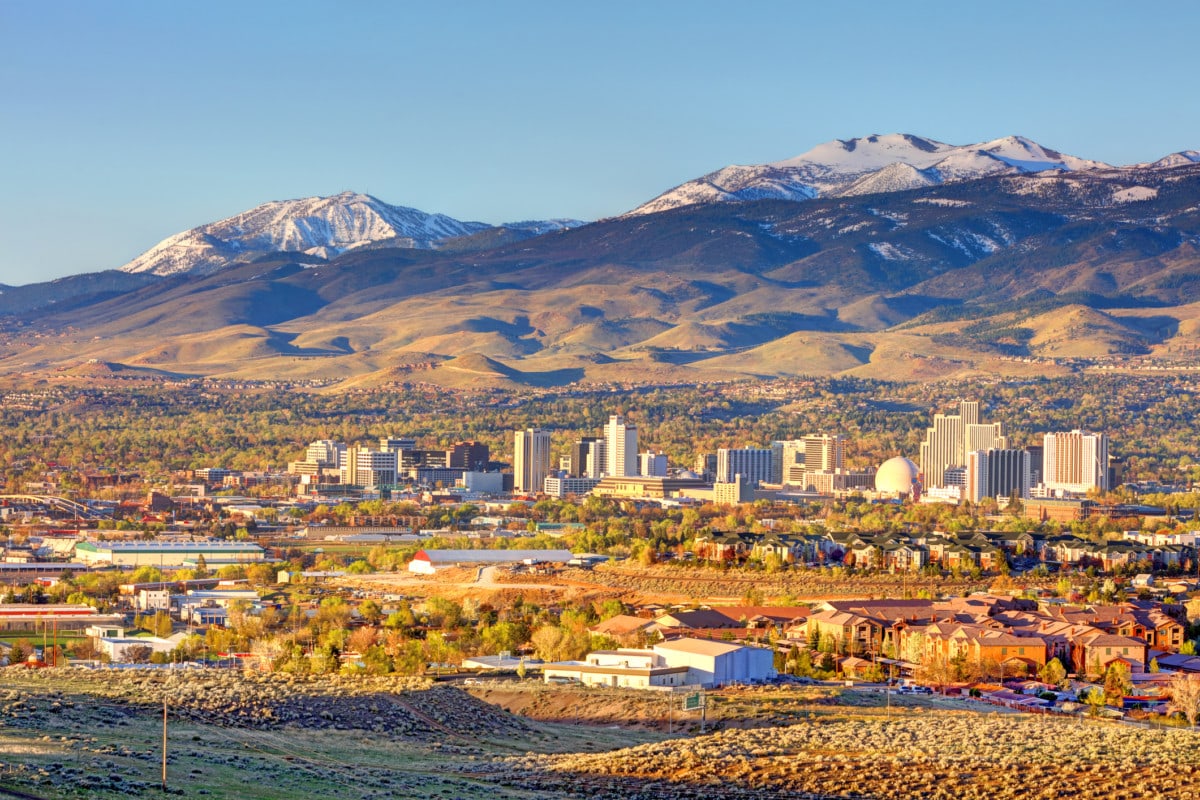
Quick Facts about Nevada
| Population | 3,104,614 |
| Median home sale price | $454,900 |
| Average rent in Nevada | $1,447 |
| Largest cities in Nevada | Las Vegas, Reno, Henderson |
Is Nevada a good place to live?
Absolutely! Nevada can be a great place to live, especially if you’re looking for warm weather, low taxes, and a mix of city life and outdoor recreation. Life in Nevada is never dull. Las Vegas buzzes with energy 24/7, offering world-class food, entertainment, and nightlife. Head north, and you’ll find Reno’s more laid-back vibe, plus quick access to Lake Tahoe for skiing, boating, or just soaking in those alpine views. Both cities have growing job markets, particularly in tourism, tech, and logistics. The absence of state income tax and relatively low property taxes are big perks for many residents, too. However, it’s not all glitz and glamour. The scorching summer temperatures, particularly in southern regions, can be intense. And while housing is still more affordable than in neighboring California, prices in Vegas and Reno have climbed fast.
What it’s like to live in Nevada at a glance:
- Affordable living: With low property taxes, no state income tax, and a growing housing market that’s still within reach for many, Nevada offers an affordable cost of living.
- You’ll never be bored: Las Vegas offers world-class entertainment, dining, and nightlife, ensuring there’s never a dull moment. But if you’re not into neon lights and 24-hour entertainment, don’t worry – Reno and smaller towns like Carson City offer a more laid-back lifestyle with access to the mountains, lakes, and outdoor adventures.
- Sun, sun, and more sun: You’ll get over 300 sunny days a year in many parts of the state. Just be ready for triple-digit temps in the summer – especially in southern Nevada.
- Nevada is a foodie haven: Beyond the famous buffets and casino restaurants, Nevada has a growing underground food scene with local diners, food trucks, and spots that only locals know.
1. Pro: Nevada has an abundance of entertainment options
Nevada is famous for its iconic Las Vegas Strip, where you can find world-class casinos, luxurious hotels, and top-rated restaurants. Beyond the casinos, Nevada offers plenty of things to do, like hiking, biking, and camping in its beautiful national parks. If you’re a music lover, the state hosts various festivals throughout the year, including the Electric Daisy Carnival, Life is Beautiful, and Burning Man. Additionally, sports enthusiasts can cheer on their favorite teams, such as the Las Vegas Raiders during football season.
2. Con: The air quality isn’t the best
In some parts of the Sagebrush State, the air quality is usually low. Low air quality can impact the health and quality of life of those living in or moving to the area. The state is known for its dry and dusty climate, which can contribute to air pollution. Additionally, the increasing population and urbanization in cities like Las Vegas and Reno have increased vehicle traffic and industrial activity, further exacerbating air quality issues. While air quality may be a concern, with proper precautions and awareness, individuals can still enjoy all Nevada has to offer.
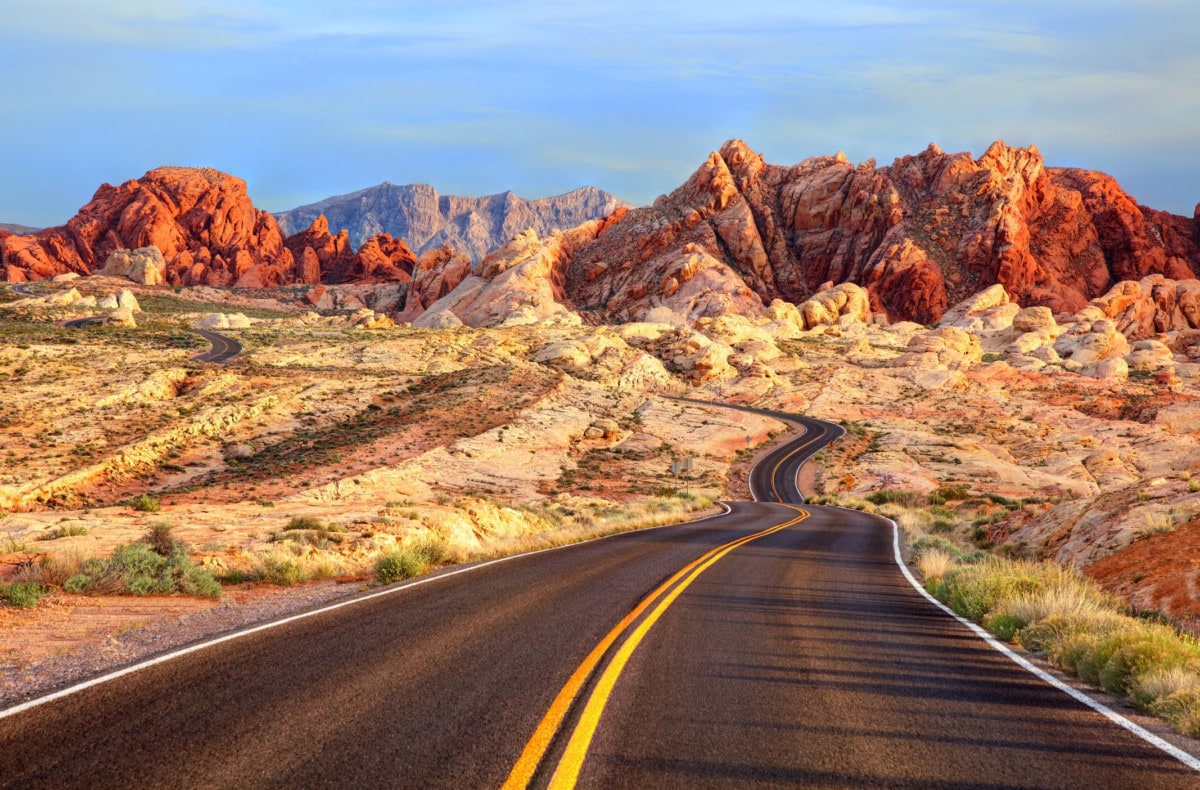
3. Pro: It is generally cheaper to live in Nevada
Compared to neighboring states like California, Nevada offers a more affordable lifestyle, especially when it comes to housing and taxes. The median sale price is $454,900, just slightly above the national median sale price of $425,000. You can also find affordable rentals around the state in popular cities like Henderson, where a two-bedroom apartment averages around $1,900. With no state income tax, low property taxes, and a cost of living that’s still relatively reasonable in cities like Reno and Las Vegas, you can enjoy a high quality of life without breaking the bank.
4. Con: Limited water sources because of the dry climate
It’s essential to understand that there are limited water sources in Nevada. In fact, the Sagebrush State is one of the driest states in the country, with much of the state classified as desert. The state relies heavily on the Colorado River for its water supply, but with increased demand and a changing climate, water scarcity is a significant concern. Residents and visitors are encouraged to practice water conservation efforts and take action to prepare your home for a drought. It’s essential to remember that water resources are limited and must be used responsibly to sustain both the environment and the growing population.
Nevada is prone to many natural disasters, and drought is the number one risk. Understand the risks if you’re planning on moving to the state.
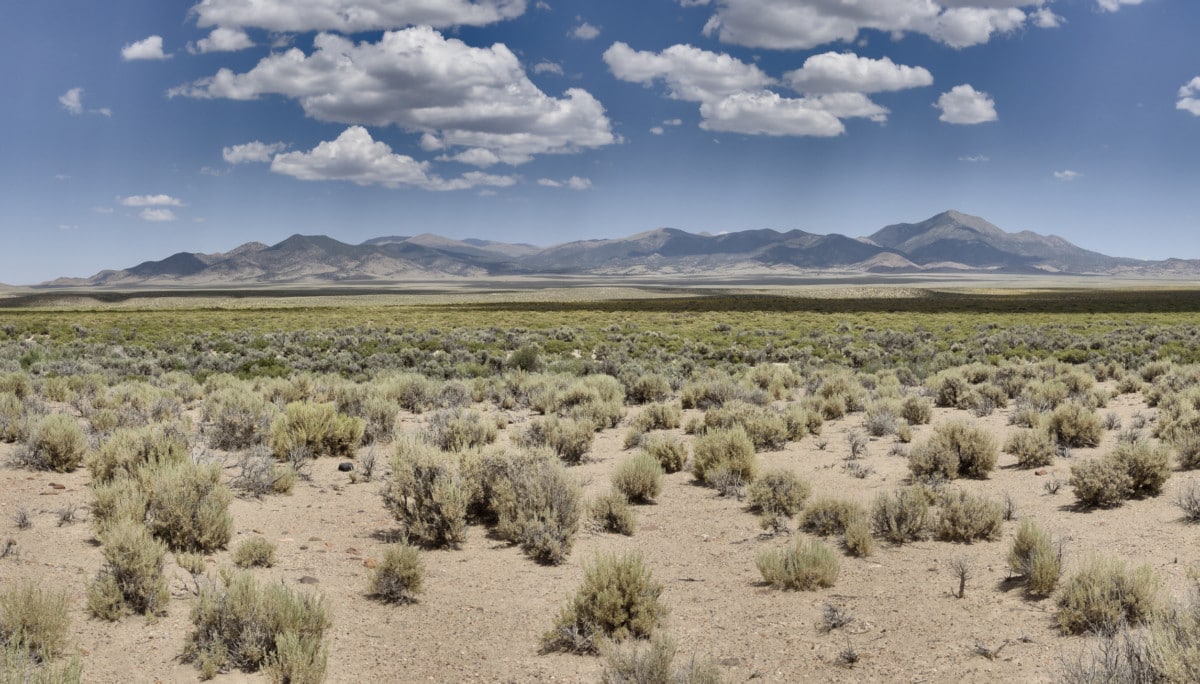
5. Pro: The state has beautiful natural attractions
From the towering peaks of the Sierra Nevada mountain range to the vast, rugged landscapes of the Great Basin, Nevada is filled with breathtaking natural wonders. You can explore the iconic Valley of Fire State Park, where vibrant red sandstone formations create a surreal landscape. Or you can marvel at the crystal clear waters of Lake Tahoe, which is surrounded by dense forests and snow-capped mountains. In addition, Nevada is home to several national parks, including the stunning Great Basin National Park, which features a diverse range of landscapes.
6. Con: Nevada has extreme heat, especially in the summer months
Nevada is a desert climate, with hot temperatures and low humidity throughout the year. During the summer, temperatures can reach well above 100 degrees Fahrenheit, making it challenging to spend time outside for extended periods without proper precautions. It’s crucial to stay hydrated, wear appropriate clothing, and limit outdoor activities during the hottest parts of the day to avoid heat-related illnesses. Look for ways to heat proof your home to stay protected in the summer.
7. Pro: Great outdoor recreation opportunities
Nevada’s diverse landscape offers a wide range of outdoor recreation options for residents and visitors alike. The state is home to several national parks, including Great Basin National Park and Red Rock Canyon National Conservation Area, which offer hiking, camping, and wildlife viewing opportunities. Lake Tahoe, one of the largest alpine lakes in the world, provides a picturesque setting for water sports like swimming, kayaking, and fishing.
Nevada also has world-renowned rock climbing destinations like Red Rock Canyon and Mount Charleston. In the winter, skiing and snowboarding enthusiasts can hit the slopes at several ski resorts, including the popular Heavenly Ski Resort. If you’re in the Las Vegas area, check out these outdoor activities to do in Las Vegas that we know you’ll enjoy.
8. Con: Travel may be challenging
Nevada sits in the Great Basin region of the western United States, with few significant metropolitan areas nearby. The closest major cities include Los Angeles and Salt Lake City, which are several hours away by car or plane. This geographic isolation can make travel more challenging and limit access to certain goods and services. However, Nevada’s unique location also provides a sense of solitude and escape from the hustle and bustle of urban life.
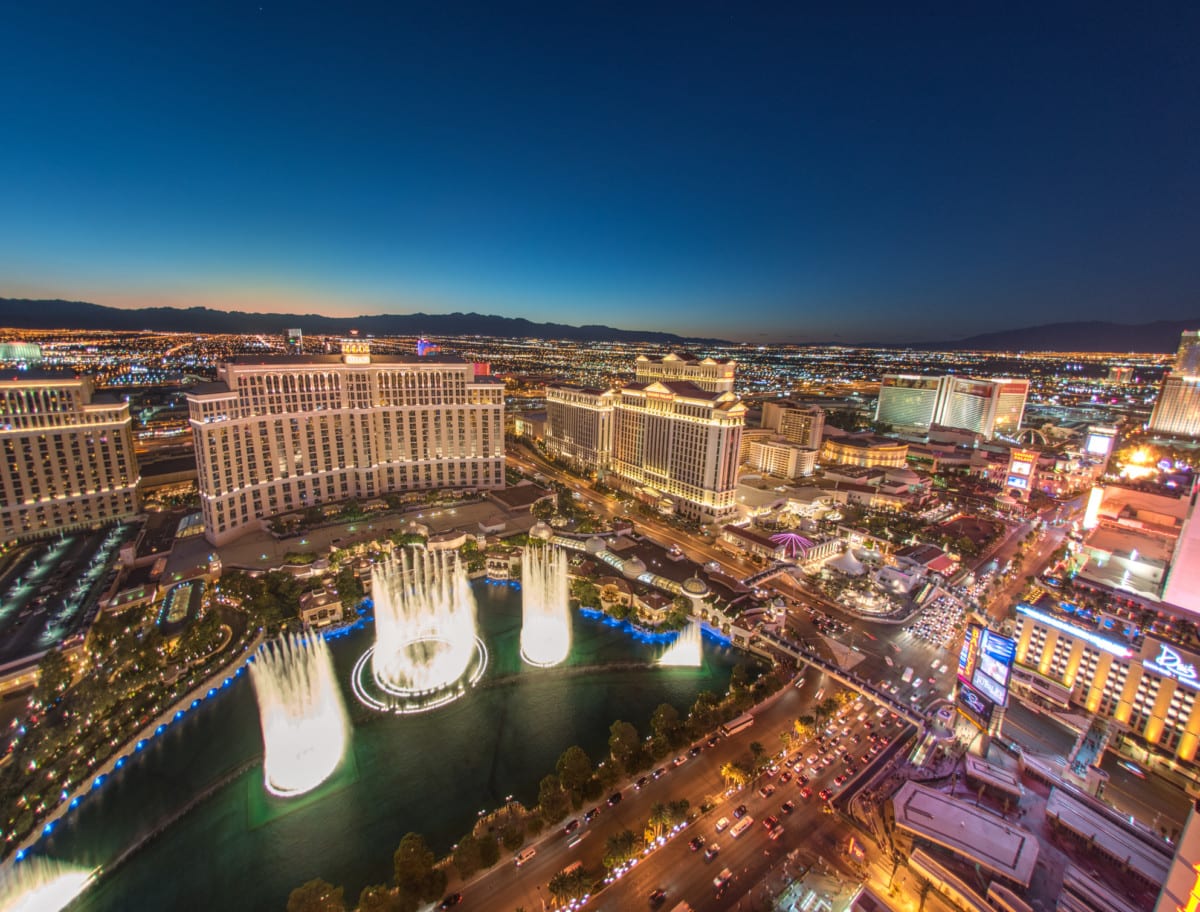
9. Pro: There are exciting sports teams to cheer on
Nevada is home to several professional sports teams, including the Las Vegas Raiders in football, the Vegas Golden Knights in hockey, and the Las Vegas Aces in basketball, which have all brought national attention to the area. Sports enthusiasts can enjoy NASCAR races at the Las Vegas Motor Speedway or watch top-notch boxing matches at the MGM Grand.
10. Con: Tourist culture in Las Vegas can be crowding
Tourism is a big part of Nevada, especially when living in Las Vegas. Las Vegas is one of the most popular tourist destinations in the world, attracting millions of visitors each year. As a result, the city can sometimes feel crowded and overwhelming, with long lines, heavy traffic, and packed sidewalks. While the city is a hub for entertainment, dining, and nightlife, the high number of tourists can make it challenging to navigate and may impact the quality of life for those living there.
The post 10 Pros and Cons of Living in Nevada appeared first on Redfin | Real Estate Tips for Home Buying, Selling & More.




